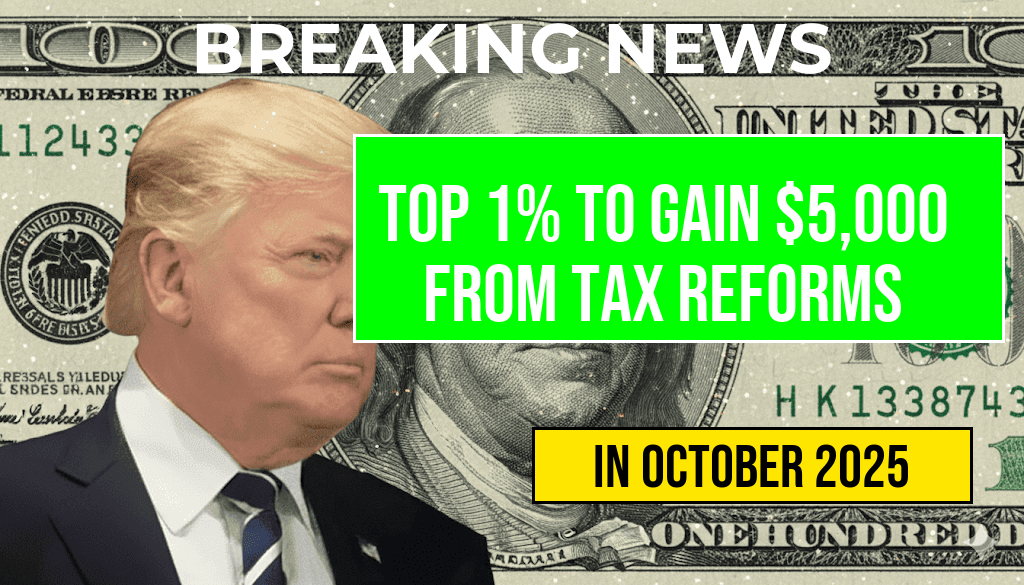Recipients of the Supplemental Nutrition Assistance Program (SNAP), commonly known as food stamps, will see significant changes to their benefits starting in October as part of a nationwide overhaul mandated by federal policy adjustments. The changes, prompted by the expiration of temporary pandemic-related measures, are expected to impact millions of households across the United States. While some recipients will experience a reduction in monthly benefits, the overhaul aims to recalibrate assistance levels based on updated economic data and legislative directives. Officials emphasize that these adjustments are designed to better reflect current economic realities, but advocacy groups warn that the reductions could increase food insecurity among vulnerable populations.
Background on SNAP and Pandemic-Era Enhancements
SNAP has long served as a critical safety net for low-income Americans, providing monthly benefits to purchase food. During the COVID-19 pandemic, Congress authorized temporary enhancements to SNAP, including additional benefit allotments and relaxed eligibility criteria, to help households cope with economic disruptions. These measures, enacted through the Consolidated Appropriations Act, 2021, increased benefits by approximately 15% on average and allowed states to issue emergency supplements.
End of Pandemic-Related Boosts and Implementation of New Policies
What Changes Come in October?
Starting in October, the temporary enhancements will be phased out as part of a broader effort to normalize benefit levels based on pre-pandemic standards. The overhaul includes:
- Reduction of maximum benefit levels: Many households will see their monthly SNAP benefits decrease, with reductions varying by household size and income.
- Reinstatement of regular eligibility criteria: States will revert to standard income and resource limits, which had been temporarily relaxed.
- Adjustments based on inflation: Benefit calculations will now incorporate updated cost-of-living data, which may result in modest increases or decreases depending on regional economic conditions.
Federal officials estimate that approximately 20 million households nationwide will be affected, with average reductions ranging from $70 to over $150 per month. The Department of Agriculture (USDA), which oversees SNAP, maintains that these changes are necessary to ensure the program’s sustainability and alignment with current economic conditions.
Impact on Recipients and State Agencies
Varying Effects by State
The impact of the overhaul will not be uniform across states, as local agencies have discretion in administering certain aspects of the program. Some states, like California and New York, have announced plans to implement mitigation strategies, such as supplemental benefits or outreach campaigns, to assist affected households. Others may experience more pronounced benefit reductions due to regional economic differences.
| Household Size | Average Reduction | Number of Households Affected |
|---|---|---|
| 1 | $70 | Approximately 4 million |
| 2 | $100 | Approximately 3 million |
| 4 | $150 | Approximately 5 million |
| 5 or more | $200+ | Approximately 2 million |
Advocacy and Policy Responses
Concerns from Community Groups
Advocates for low-income families warn that the benefit reductions could exacerbate food insecurity and lead to increased reliance on emergency food programs. Groups like Feeding America have urged policymakers to consider targeted relief measures, such as emergency grants or expanded food bank services, to cushion the impact of the benefit cuts.
“While the goal is to ensure fiscal responsibility, it’s vital that we do not leave vulnerable populations without adequate support,” said Maria Lopez, director of a nonprofit food assistance coalition. “Many families are still recovering economically, and these reductions could push them further into hardship.”
Government Justifications and Future Outlook
Officials argue that reverting to pre-pandemic standards will help maintain the long-term viability of SNAP, especially as the economy continues to recover. The USDA has emphasized that the policy changes will be accompanied by increased efforts to promote employment and self-sufficiency among recipients.
As the October deadline approaches, state agencies are preparing outreach campaigns to inform beneficiaries of the upcoming changes and provide resources for those seeking assistance. The Department of Agriculture has also pledged to monitor the effects of the overhaul closely, with plans to adjust policies if unintended consequences emerge.
For more details on SNAP policy updates and guidance, visit the USDA Food and Nutrition Service.
Frequently Asked Questions
When will SNAP benefits for recipients end?
The current SNAP benefits for recipients are scheduled to end with the October overhaul, marking a significant change in the program’s distribution.
What is the reason for the upcoming SNAP benefits ending?
The overhaul aims to update and streamline the SNAP program, which involves ending current benefits to implement new policies and eligibility criteria.
How will the changes affect current SNAP recipients?
Recipients may experience reduction or suspension of benefits starting in October, depending on their eligibility under the new guidelines.
Will there be any support or assistance for affected recipients?
Yes, support services and guidance will be provided to help recipients understand the new process and explore alternative assistance programs.
When will the new SNAP policy take effect?
The new policy will be implemented after the October overhaul, with specific details on the effective date communicated by authorities closer to the changeover.





